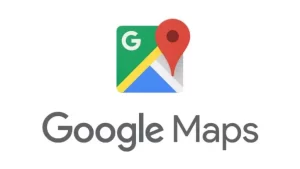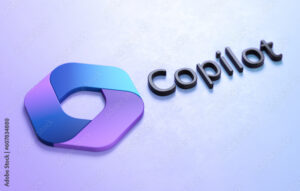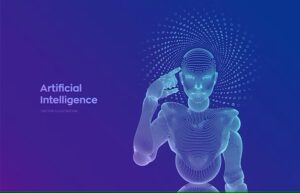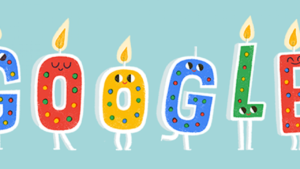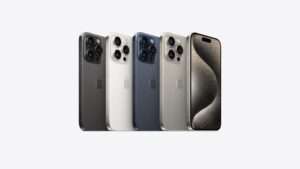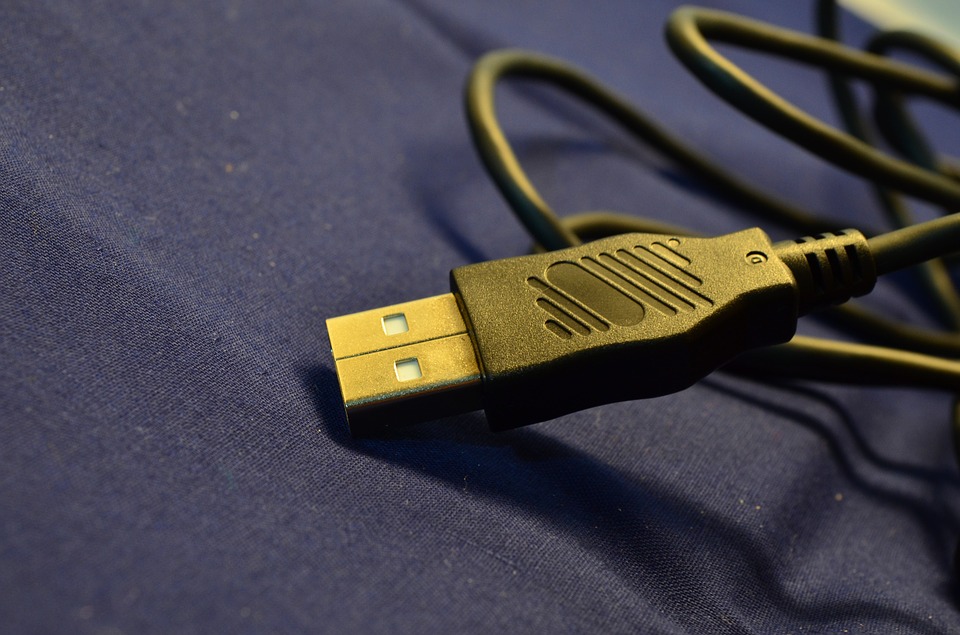
Image source:Pixabay
USBs are the standard device used for connecting all manner of different devices in today’s world. Despite the U in USB standing for Universal, however, there are in fact a number of USB connector types, and even some different standards that need to be taken into account before wiring them up.
The different types of USB connector include USB-A, USB-B, Mini-USB, Micro-USB, and USB-C.
USB connectors
USB-A
The USB-A can be found on the host controllers within hubs and computers and comes in the form of a rectangular, flat interface. Friction is what allows the interface to be able to have the connection held in place, making it a simple matter to connect and disconnect for users. The connector also makes use not of round pins but flat contacts that are able to cope very well with being continuously attached and removed.
The A-socket connector comes with a downstream connection that is only intended to be used on host controllers and hubs and should not be used as an upstream controller on any peripheral devices. This is important as a host controller or hub is intended to provide 5V DC power via one of its USB pins.
Although uncommon, A-A cables can also be used in the connection of USB devices with A-style female ports to other USB devices or a PC and to allow two computers to transfer data between one another. A-A cables are not usually intended to connect USB hubs to two computers or have those two computers connected together as it could cause irreparable computer damage and even potentially result in a fire hazard.
H3: USB-B
The USB-B is intended to be used on USB peripheral devices, with the interface having a square-like shape with somewhat bevelled corners on the connector’s top ends. As with the USB-B connector, it makes use of the connector body’s friction in order to remain in place. Because the USB-B is an upstream connector that should only be utilized on peripheral devices most USB applications will need an A-B cable.
H3: Micro-USB
This connector is recognised by the USB-IF and is also found on more recent mobile devices like cell phones, digital cameras, GPS units and PDAs. The connection offered by the Micro-USB is physically smaller than the USB Mini-b, but still supports a high speed transfer rate. The compact 5-pin design and black receptacle make the connection easy to spot.
H3: USB-C
The most recent addition to the USB connector market is the USB-C, which comes with a symmetrical/reversible design that is able to be plugged into all USB-C types at either end. USB-C cables can carry signals from various different USBs and is often paired with USB-A, USB-B, USB Micro-B as well as other connectors, able to support previous USB spec versions.
When two USB 3.1 devices are connected the USB-C is able to support rates of data transfer that are double the speed of previous USB tech as well as enhanced power delivery.
It is important to be able to differentiate between the different types of USB so you can correctly wire up your USB connectors.
